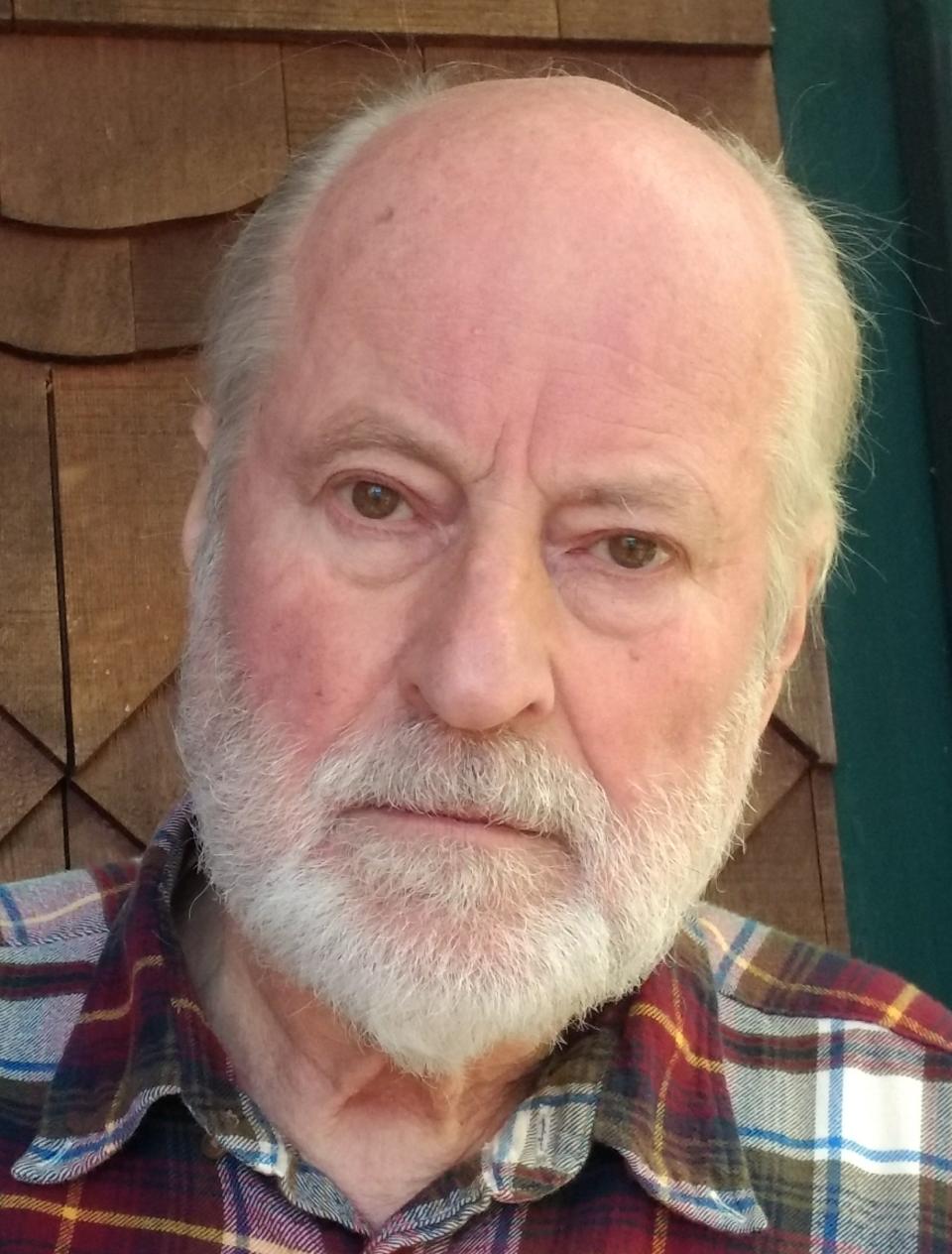The vital need for creative minds, and the teachers that encourage them
John Adams, our second president, placed creativity high on the scale of human accomplishments. He wrote to his wife that “he had to study politics and war, so that his sons could study math and philosophy, so that their children could study paintings, poetry and music.” Art, of course, has been with us forever, and people as diverse as Plato, Confucius, Napoleon and Einstein considered music the soul of the universe.
Sylvia Cauter, the choir director at North Kitsap High School, wrestled with this soul of the universe for 28 years. With the magic of music she has enriched the lives thousands of student and the Kitsap communities. Some students I had in my classes grudgingly accepted school only because of its art, pottery, and music programs.

When I was hired in 1997 as a history teacher, Sylvia was already a legend. Students lined up to join her program. I still remember the enthusiastic reception of the Ferguson and Cauter "Sound of Music" and "West Side Story" productions by NKHS students. And I remember the stunning background decorations for the musicals created by the students of the school’s art department. What a place to teach! It won’t be the same without Mrs. Cauter, who is retiring.
I was a brand new and untested history teacher in 1997. Nobody lined up to take my classes. How could I compete with teachers whose weapons of education were music and art? It just wasn’t fair. However, my mentor teacher advised me to incorporate art and music into my history lessons. Good advice, after all, my high school teachers, a century ago, did just that, they awakened my lifelong interests in art-related subjects.
Einstein, a violinist and pianist in his spare time, reasoned that creative minds move history and claimed that “imagination is more important than specialized knowledge, because knowledge is limited and imagination circles the world.” And Steve Jobs recognized the practical aspect of creativity. He wrote that “producing technology requires intuition and creativity.”
Imagination, creativity, and daring ideas have always moved history. Inventions from the hieroglyphs to the steam engine to the computer changed the world. Writings from St. Augustine to Luther to Marx gave birth to ideas that challenged traditional beliefs.
Ideas, literature, the arts and architecture became a big part of my history discussions. Maybe too big, because, every time I run into a former student, we reminisce about everything but history. Waterloo just could not compete with the Sistine Chapel.
A few years ago, I ran into two former students at the Reykjavik airport in Iceland. They just returned from a trip to Europe and were still high on the various cathedrals and museums they visited.
During a stay at Harrison Medical Center one of my nurses told me that her husband was one of my students, and what he remembered best were our trips to the Seattle Opera. Five times a year we enjoyed the magic of Verdi and Puccini and Mozart.
In the Narrative Magazine a former student described vividly our visits to the opera and her response to Verdi’s Nabucco: “The 'Chorus of the Hebrew Slaves' brought me to tears.” After graduating from college she wrote four librettos for children's operas that were put to music and performed by the Houston and Seattle opera companies.
Did I fail as a history teacher? Students never asked for more history classes, but talked me into offering, for three years, an after-school AP art history class.
Since “art is one of the greatest sources of enjoyment,” according to David Rockefeller, and since “the future belongs to young people with an education and imagination to create” (President Barack Obama), I probably was on the right track mixing history and art. After all, in education, taking a road less traveled by, may make all the difference.
Ideally, education should be a “great source of enjoyment,” as teaching was to me. Education should offer a smorgasbord of educational delicacies, to attract students, to help students discover their potential and prepare them for their own road to Damascus. However, if getting rear-ended on that road, Albert Schweitzer reminds us that “there are always two means of refuge from the misery of life: music and cats.” I would add painting.
Thank you Sylvia Cauter for the music. The cat, of course, is the masterpiece of creation and needs no further adulation.
James U. Behrend retired from teaching history at North Kitsap High School. He lives on Bainbridge Island.
This article originally appeared on Kitsap Sun: Opinion: How creativity, and those who teach it, can change the world

